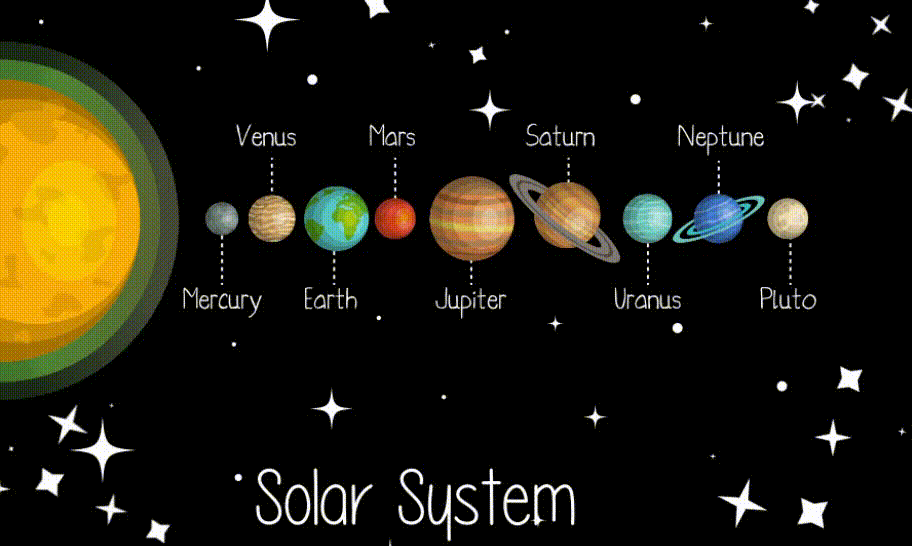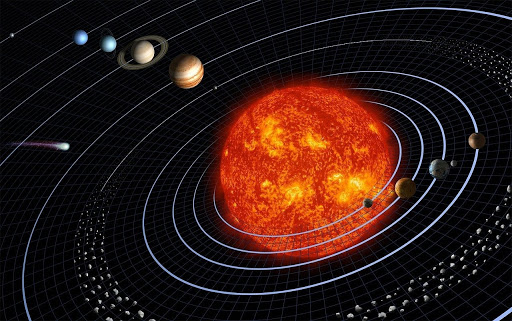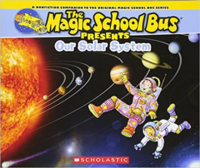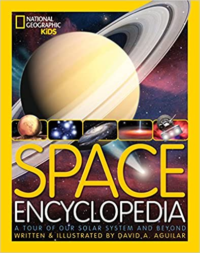Our solar system consists of our star, the Sun, and everything bound to it by gravity — the planets Mercury, Venus, Earth, Mars, Jupiter, Saturn, Uranus and Neptune, dwarf planets such as Pluto, dozens of moons and millions of asteroids, comets and meteoroids. Beyond our own solar system, we have discovered thousands of planetary systems orbiting other stars in the Milky Way. Our planetary system is located in an outer spiral arm of the Milky Way galaxy.
Why Is It Called The “Solar” System?
There are many planetary systems like ours in the universe, with planets orbiting a host star. Our planetary system is named the “solar” system because our Sun is named Sol, after the Latin word for Sun, “solis,” and anything related to the Sun we call “solar.”
There are more planets than stars in our galaxy. The current count orbiting our star: eight. The inner, rocky planets are Mercury, Venus, Earth and Mars. The outer planets are gas giants, Jupiter and Saturn, and ice giants, Uranus and Neptune.

Interesting Planet Facts:
What is a Planet?
This seemingly simple question doesn’t have a simple answer. Everyone knows that Earth, Mars and Jupiter are planets. But both Pluto and Ceres were once considered planets until new discoveries triggered scientific debate about how to best describe them—a vigorous debate that continues to this day. The most recent definition of a planet was adopted by the International Astronomical Union in 2006. It says a planet must do three things:
Discussion—and debate—will continue as our view of the cosmos continues to expand.
In our STEM Club session on April 7th, we’ll be learning even more about our solar system and making a model of our solar system!












